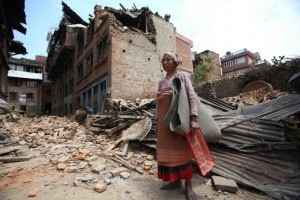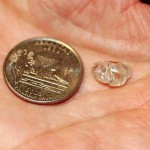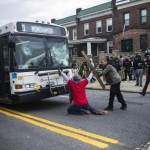Death Toll from Nepal Earthquake Surpasses 7,000
UPDATE: The death toll from last week’s massive earthquake in Nepal has surpassed 7,000, Nepal’s National Emergency Operation Centre said.
In total, 7,040 people, including at least 54 foreigners, have died from the magnitude-7.8 earthquake, the agency said. At least 14,000 others were injured.
KATHMANDU, NEPAL, April 29(UPI) –NEW YORK, April 29 (UPI) — About 1.7 million children are in urgent need of aid in areas worst-affected by the 7.9-magnitude earthquake in Nepal that has killed more than 5,000 people.
UNICEF released its report as it launches a bid for $50.3 million in additional funding for humanitarian assistance to children and their families amid growing risk of disease outbreaks for the next 90 days.
Nearly 10,000 people have been injured by the earthquake and displaced tens of thousands more. UNICEF is currently working to deliver humanitarian assistance including shelter and clean water.
“The lives of so many children have been torn apart and they are in desperate need of life-saving support, including clean water, shelter and sanitation,” UNICEF Nepal Representative Tomoo Hozumi said in statement.
“Without a safe water supply, waterborne diseases remain huge risks for children. Many families are struggling simply to protect themselves from the sun and rain and we only expect needs to grow in the coming days as we receive additional information from more remote areas and the full scale of the disaster becomes more apparent,” he added.
The latest updates from UNICEF’s response include:
• Tents, hygiene kits, water purification tablets and buckets have been dispatched to Gorkha for distribution, the area at the epicenter of the earthquake, where the presence of dead bodies poses the risk of disease outbreak. Vital supplies have also been dispatched to Kavre and Dhading.
• UNICEF is delivering water purification tablets, buckets and hygiene kits in Bhaktapur where only 1 in 5 people are estimated to have access to clean water.
UNICEF is also giving psychological support to children who may in in shock and helping identify and assist children who have been separated from their families.
More than 80 percent of health facilities in the five most severely affected districts have been extensively damaged, according to UNICEF. About 88 percent of schools in the districts affected by the earthquake have been either partially or fully damaged.
Nepal, an isolated, densely-packed and landlocked country of 26 million high in the Himalaya Mountains, relies heavily on tourism to support its economy. The 7.9-magnitude earthquake leveled many of Nepal’s elaborate treasured temples, some dating to the 12th century. Early appraisals suggest nearly half the temples in the oldest neighborhoods of Kathmandu, the capital, have been destroyed. They have served as the cause of national pride, and a draw to tourists.
Seven affected areas of the Kathmandu Valley have been designated UNESCO World Heritage Sites, and were “heavily affected” by the earthquake, a UNESCO statement said.
Planes filled with humanitarian supplies and personnel have overloaded Kathmandu’s airport, and the city is filled with Nepali expatriates, rolling suitcases down ruined streets in search of relatives. Neighboring China and India have donated supplies and helicopters, but the search for survivors, in remote villages clustered on mountain ridges, is slow.
At issue now is the balance between saving lives and saving Nepal’s heritage. Major earthquakes strike Nepal about every 90 years, the most recent in 1934, but the ancient temples had survived until now. “The loss of inheritance has made the loss of human lives even more difficult,” wrote Himalayan Times journalist Luxmee Maharjan.
Katmandu’s Durbar Square, the subject of postcards and many tourist photos, is now demolished. Author and University of London professor Michael Hutt told the Wall Street Journal, “This was one of the most magnificent sites of South Asia and it has now been reduced to rubble. I don’t know how they are going to start rebuilding it without massive international help.”
You May Also Like
|
|
|










